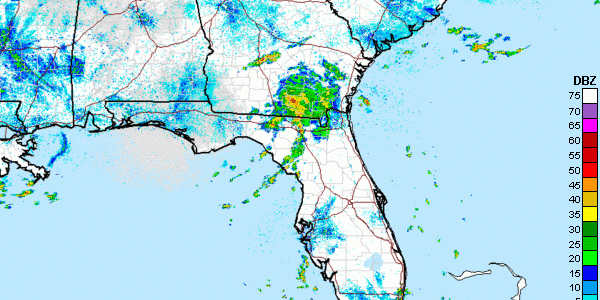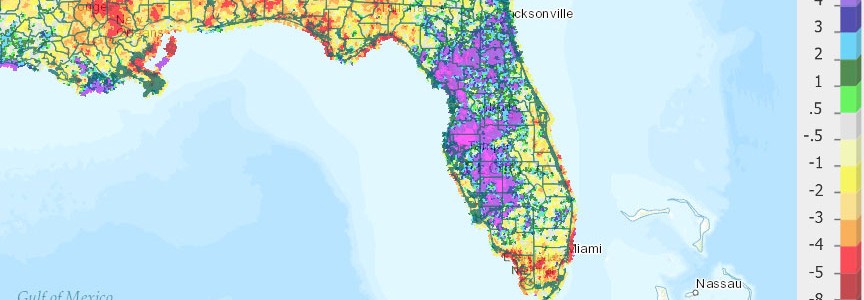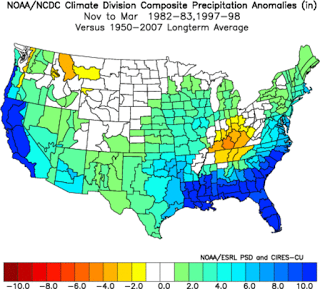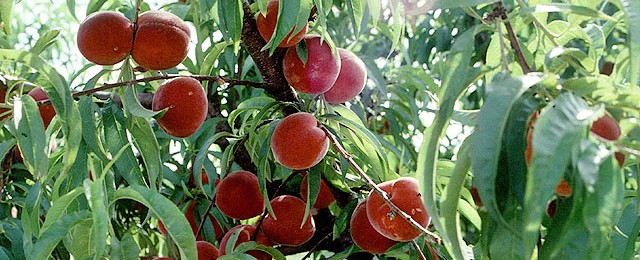Pam Knox
-

What is left of Tropical Storm Erika is now drifting northeast into the south-central and southeastern areas of Georgia. The radar this morning shows some locally heavy rain in the center of the weak circulation northeast of Valdosta. There is also a secondary band of almost stationary rain northwest of the main blog of rain…
-

The latest Florida climate summary for August 2015 is now available. You can find it at https://climatecenter.fsu.edu/products-services/summaries/climate-summary-for-florida-august-2015.
Posted in: Climate summaries -

Here is a recent article I wrote for Georgia Organics. You can also read it at https://georgiaorganics.org/2015/08/what-does-the-godzilla-el-nino-mean-for-georgia-farmers/. There’s been a lot of hype in the popular news this month about the prospects for a very strong El Nino, which is developing in the eastern Pacific Ocean and is expected to peak this winter. El Nino…
-

After all the dire predictions of rain for the Southeast, today is relatively sunny and dry. What happened to the predictions of heavy rain from the remains of TS Erika? The radar shows the blob of rain that was formerly Erika spinning just off the west coast of Florida. So far very little of that…
-

The monthly climate summary for August 2015 for North Carolina is now available. You can find it at https://climate.ncsu.edu/climateblog?id=152&h=5666e5c1.
Posted in: Climate summaries -

Today marks the first day of climatological fall, so I took a quick look back at the statistics for the last three months. Precipitation was not extreme in most of the region, and mean temperatures were warmer than normal but not near record-setting. But I did notice that if you look specifically at night-time minimum…
-

Capital Public Radio posted a story today about one impact of the California drought on local fruit. Because less water is getting to each tree, the sugars in the fruit are more highly concentrated than usual. The fruit is also smaller because abnormally warm temperatures have helped the fruit mature faster, leading to less days…